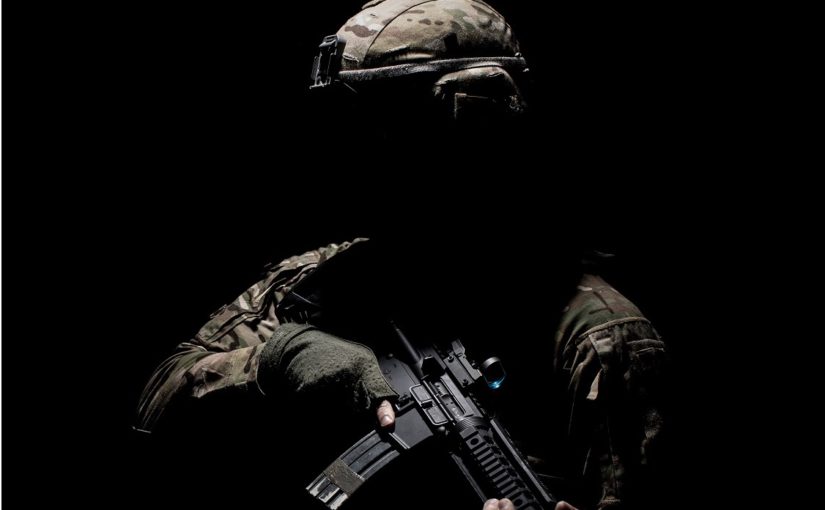In today’s dangerous world, it’s essential to equip ourselves with the right gear to ensure our safety. One of the must-have pieces of equipment is a bulletproof vest. But how safe is a bulletproof vest without plates?
The truth is, plates provide a level of protection that can make the difference between life and death, especially for personnel in high-risk professions like the military, law enforcement, and security. This blog post will dive deeper into why plates are critical for bulletproof vests.
Plates for bulletproof vests are made from various materials like steel, ceramic, and polyethylene. They are inserted into a carrier that goes underneath the vest to provide added protection to vital body parts like the chest, back, and sides. While the vest itself offers partial protection, it cannot entirely stop a bullet from penetrating the skin, and that’s where plates come in.
Steel plates are the most common type in use, and they offer excellent protection against high-velocity rounds. However, it’s essential to pick a plate that has undergone rigorous testing to ensure it can withstand the impact of a bullet. Ceramic plates are also popular and offer superior ballistic protection to steel. They are lightweight, making them ideal for long shifts, and can protect against multiple rounds of ammunition. Polyethylene plates are the newest type, and they’ve rapidly gained popularity for their lighter weight and excellent protection against an array of bullets, including armor-piercing rounds.
Another critical aspect of plates is their level of protection – measured using the National Institute of Justice’s (NIJ) threat level scale. Generally, there are five threat levels – Level IIA, II, IIIA, III, and IV – with each level, offering increased protection against a specific caliber of bullet. It’s essential to choose a plate that offers the right level of protection according to the job and environment since a higher level of protection often comes at the cost of added weight.
Plates not only enhance protection but also have practical applications in the field. Depending on the type of plate used, some can provide added mobility by distributing weight more evenly, making prolonged wear more comfortable. Additionally, plates can also offer some trauma protection by absorbing the impact of a bullet, although this varies by plate type.
In conclusion, plates for bulletproof vests are an essential component to enhance the safety of those that wear them. They offer a level of protection that can make the difference between life and death, especially for personnel in high-risk professions. The type of plate chosen should match the environment and threat level, and it’s always essential to select a plate that has undergone rigorous NIJ testing to ensure its reliability. As experts in their fields, military, law enforcement, and security personnel must equip themselves with the best plate for the job to ensure maximum safety.
For more articles, please click here.
